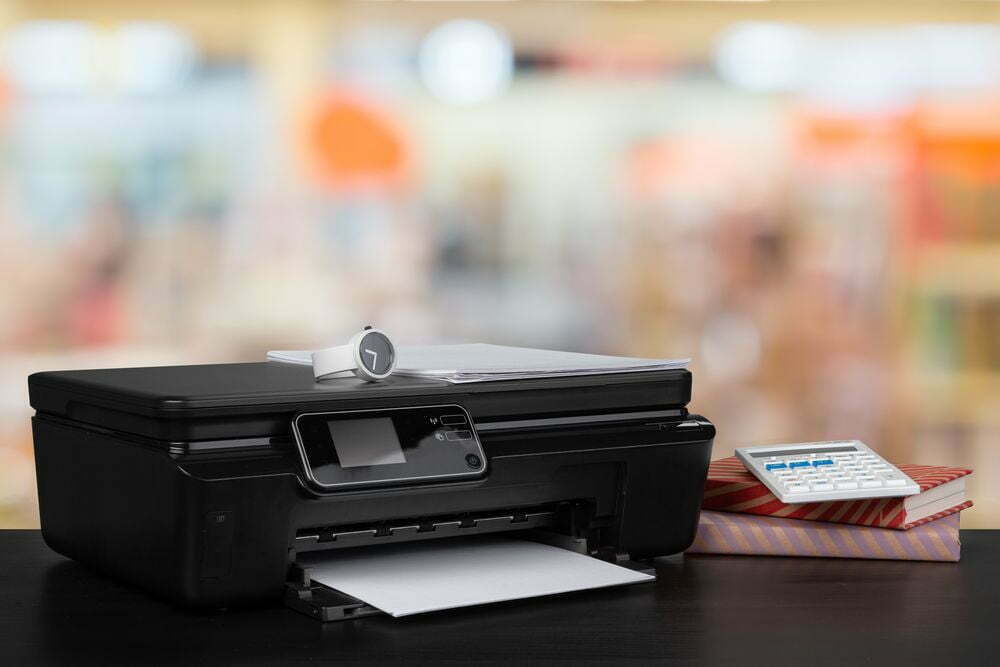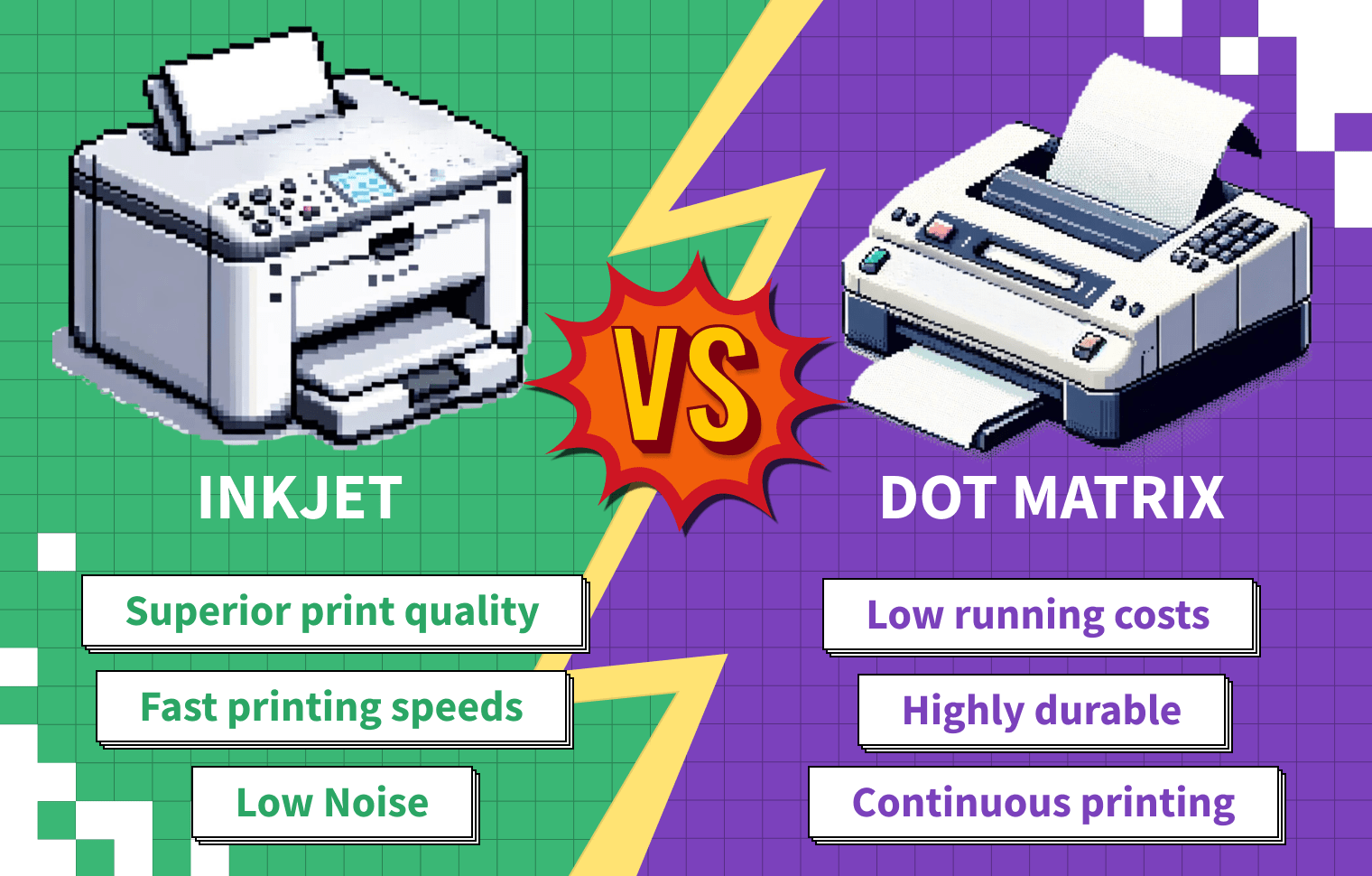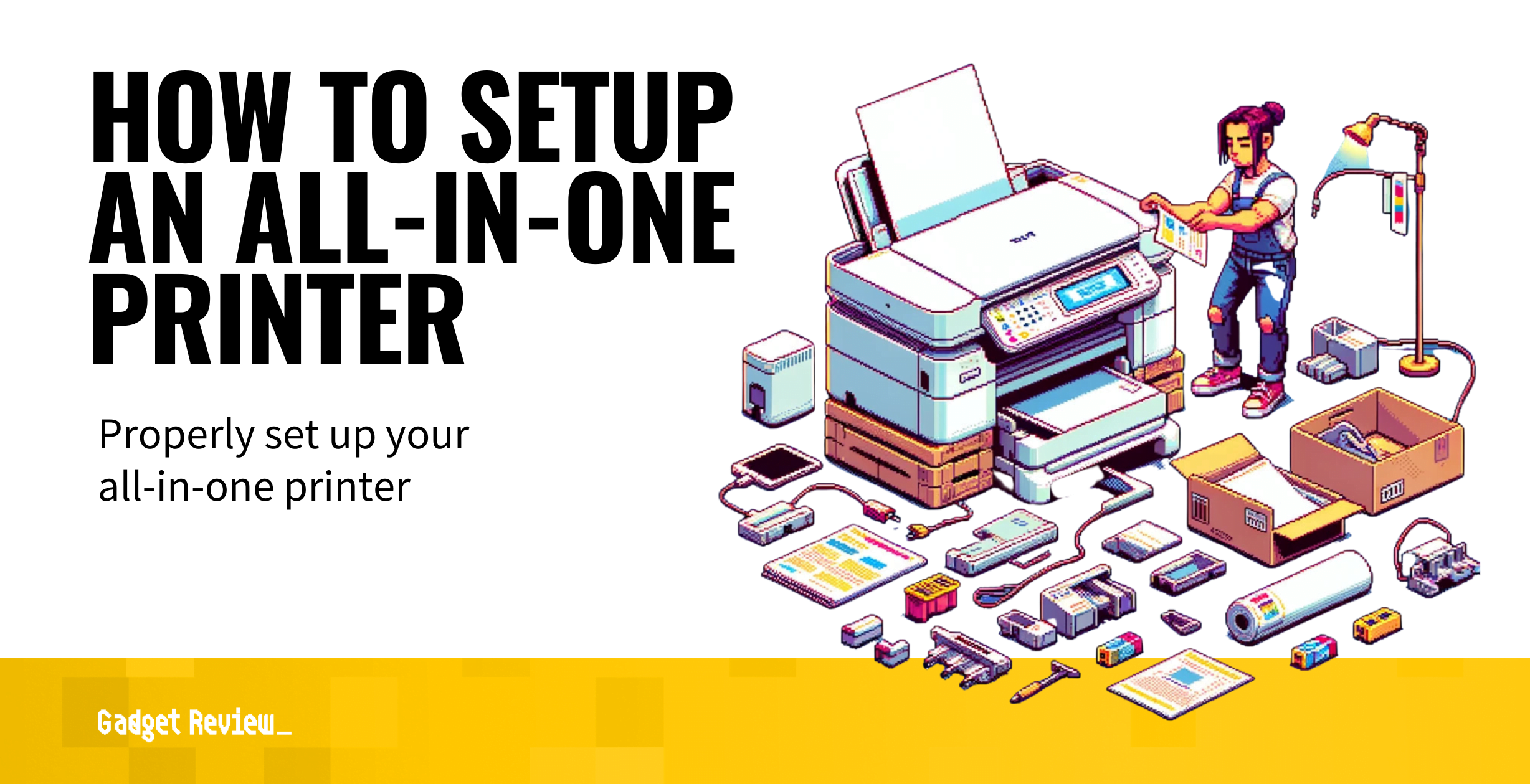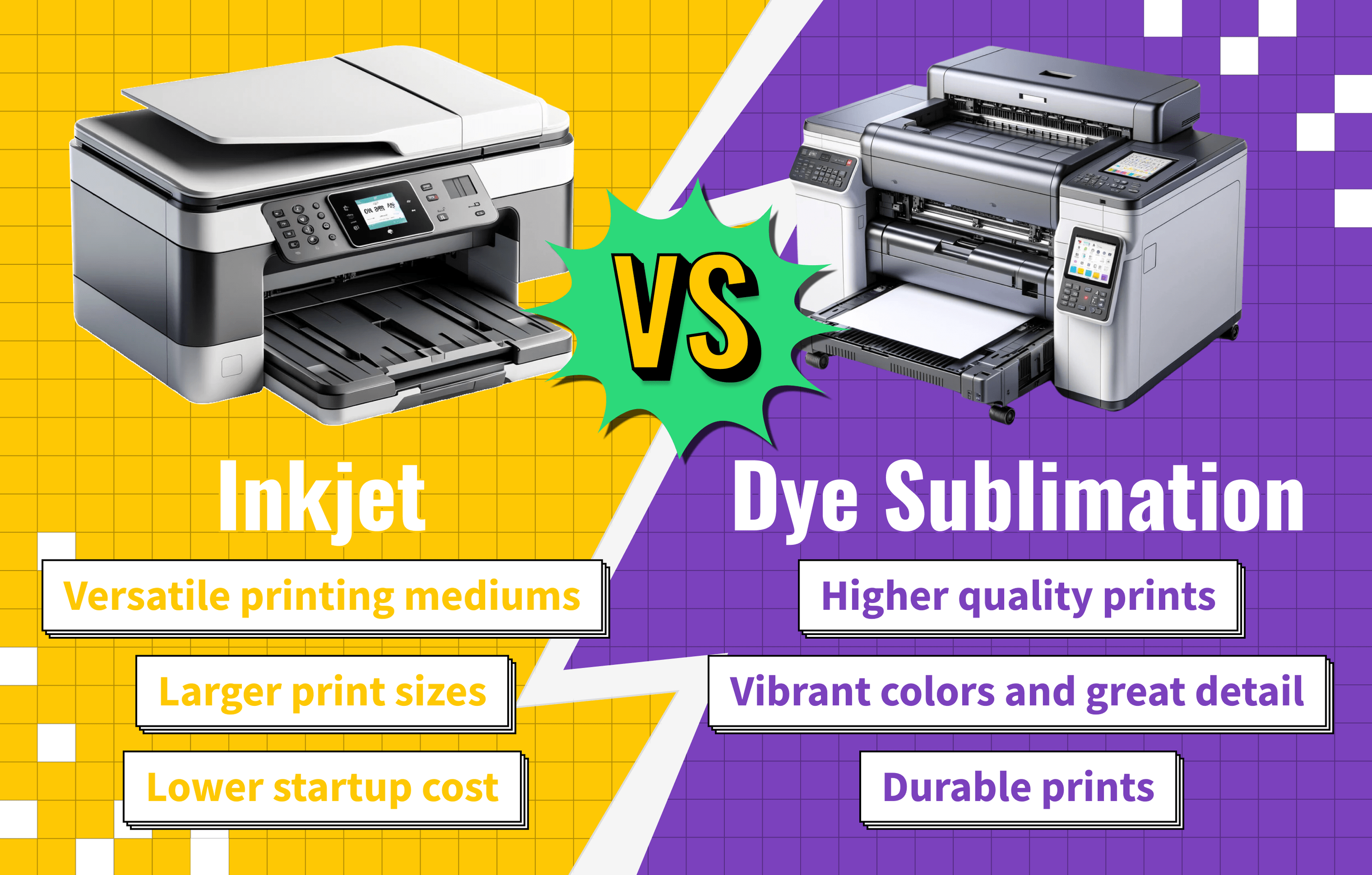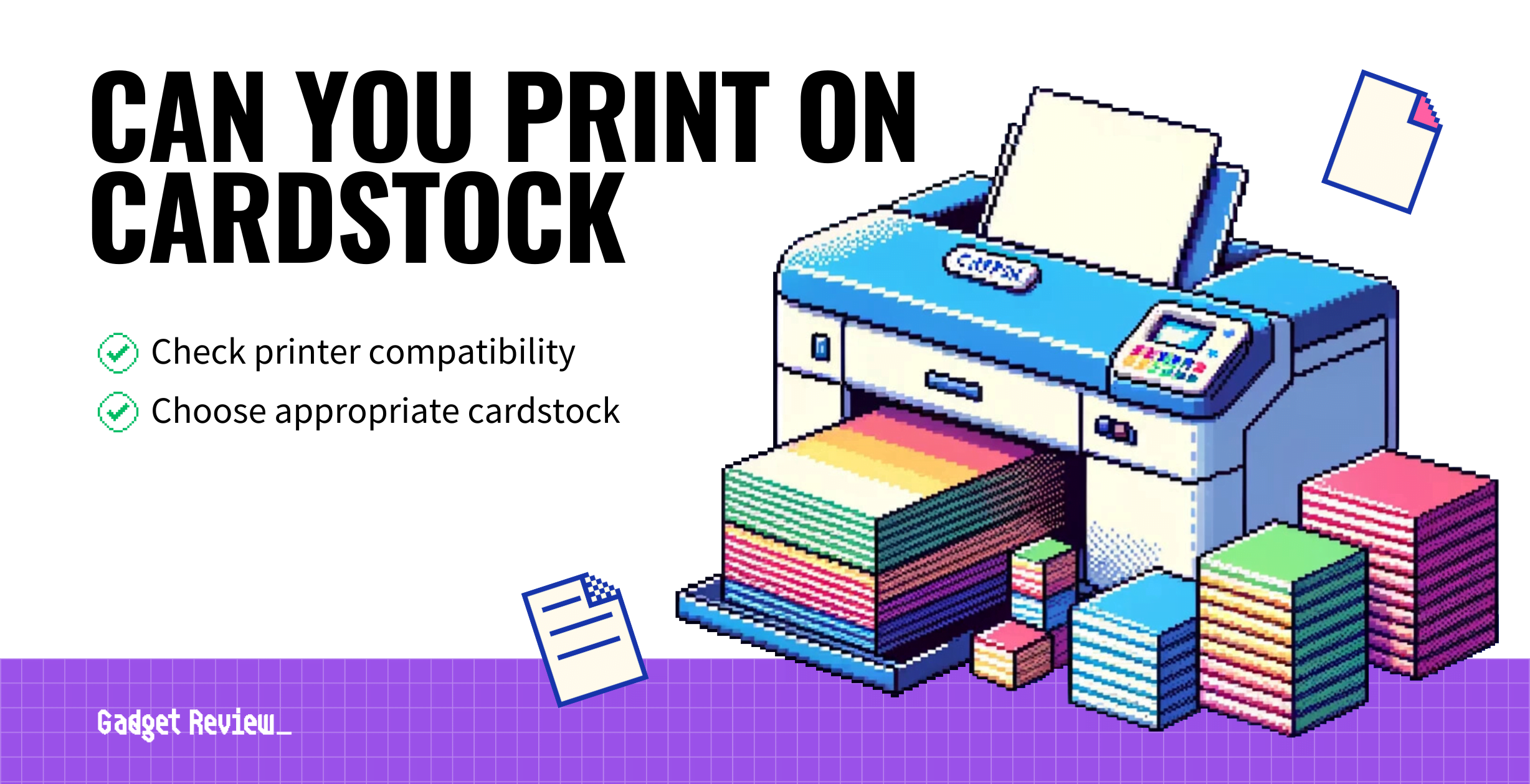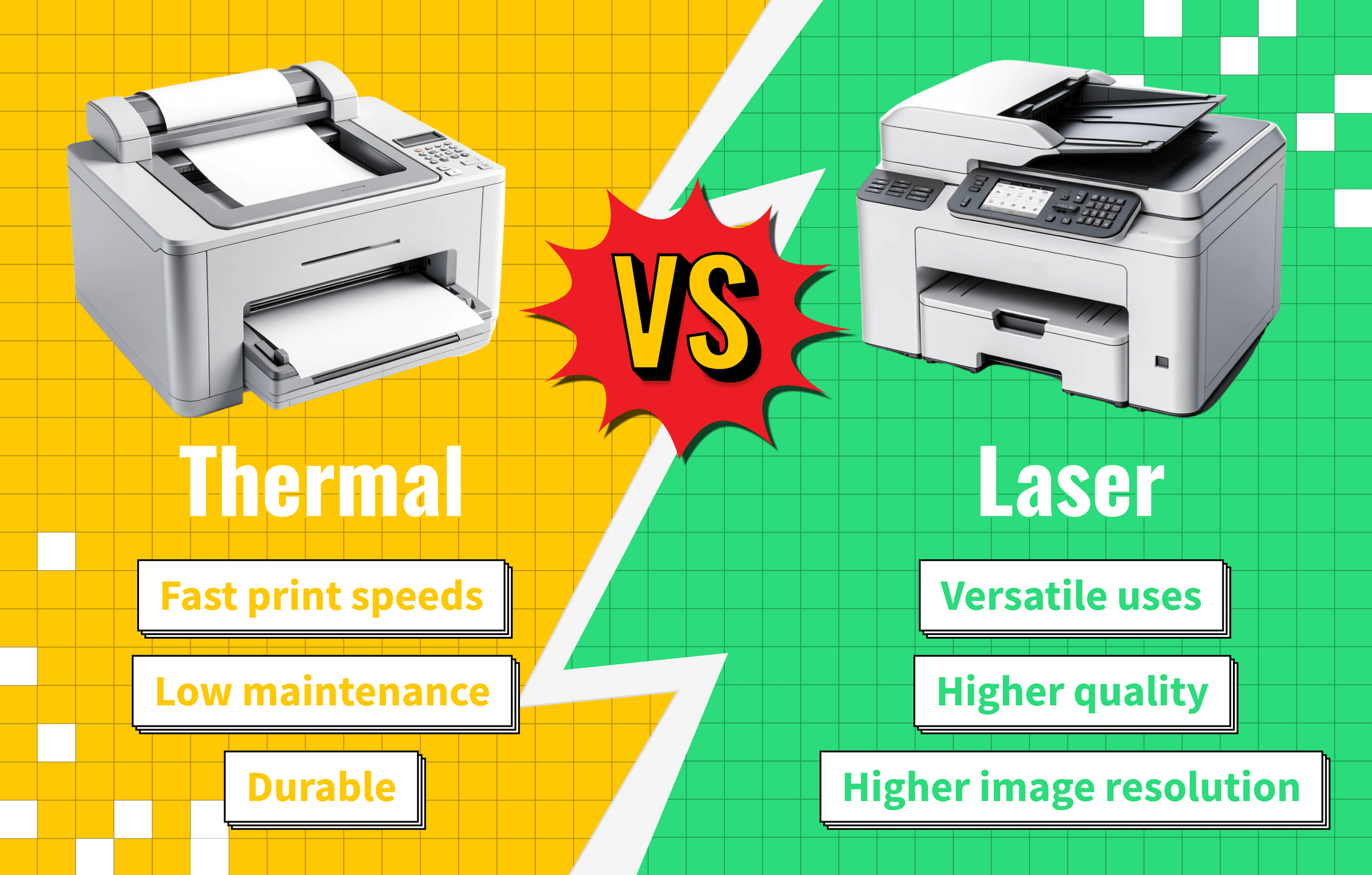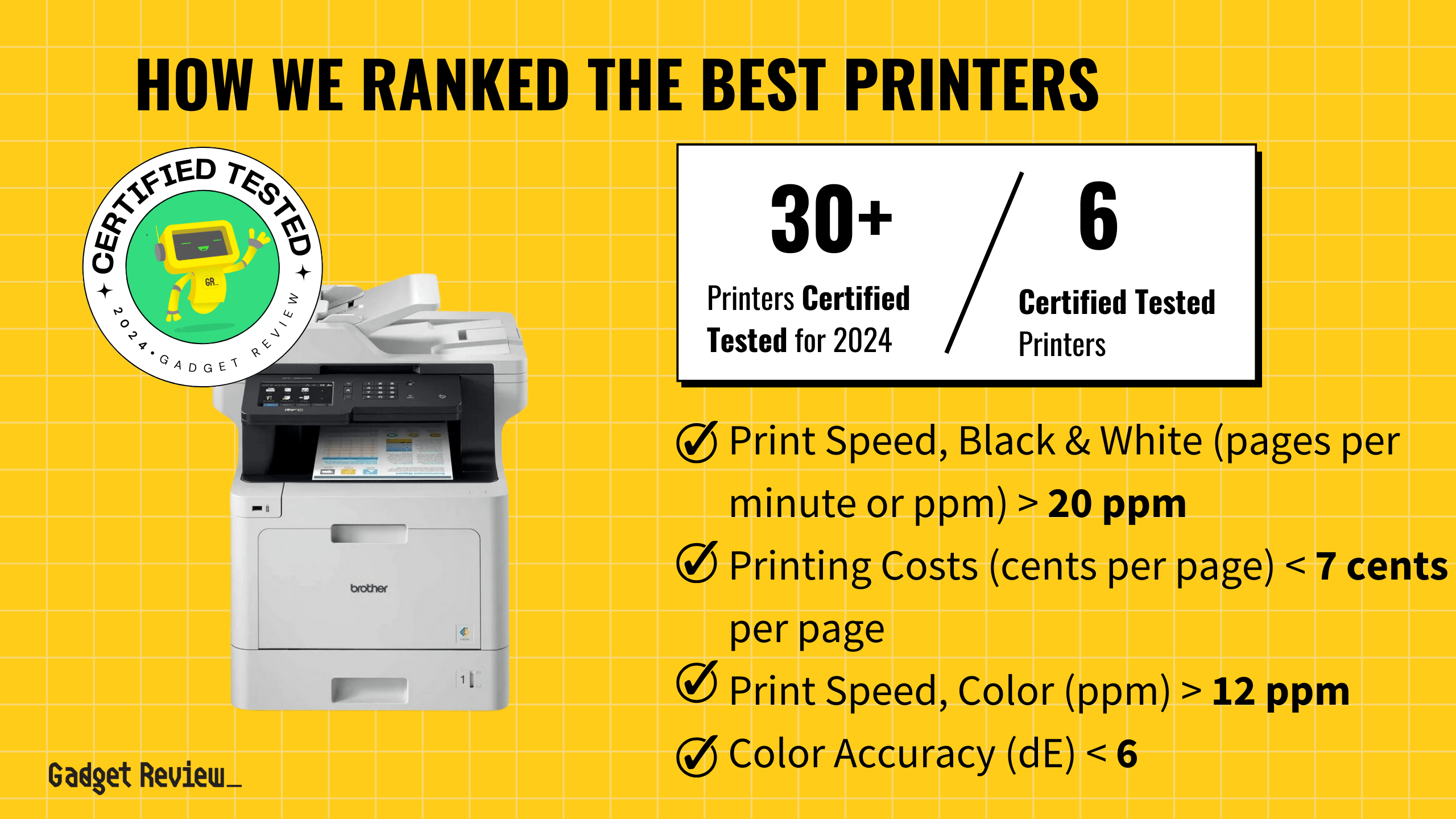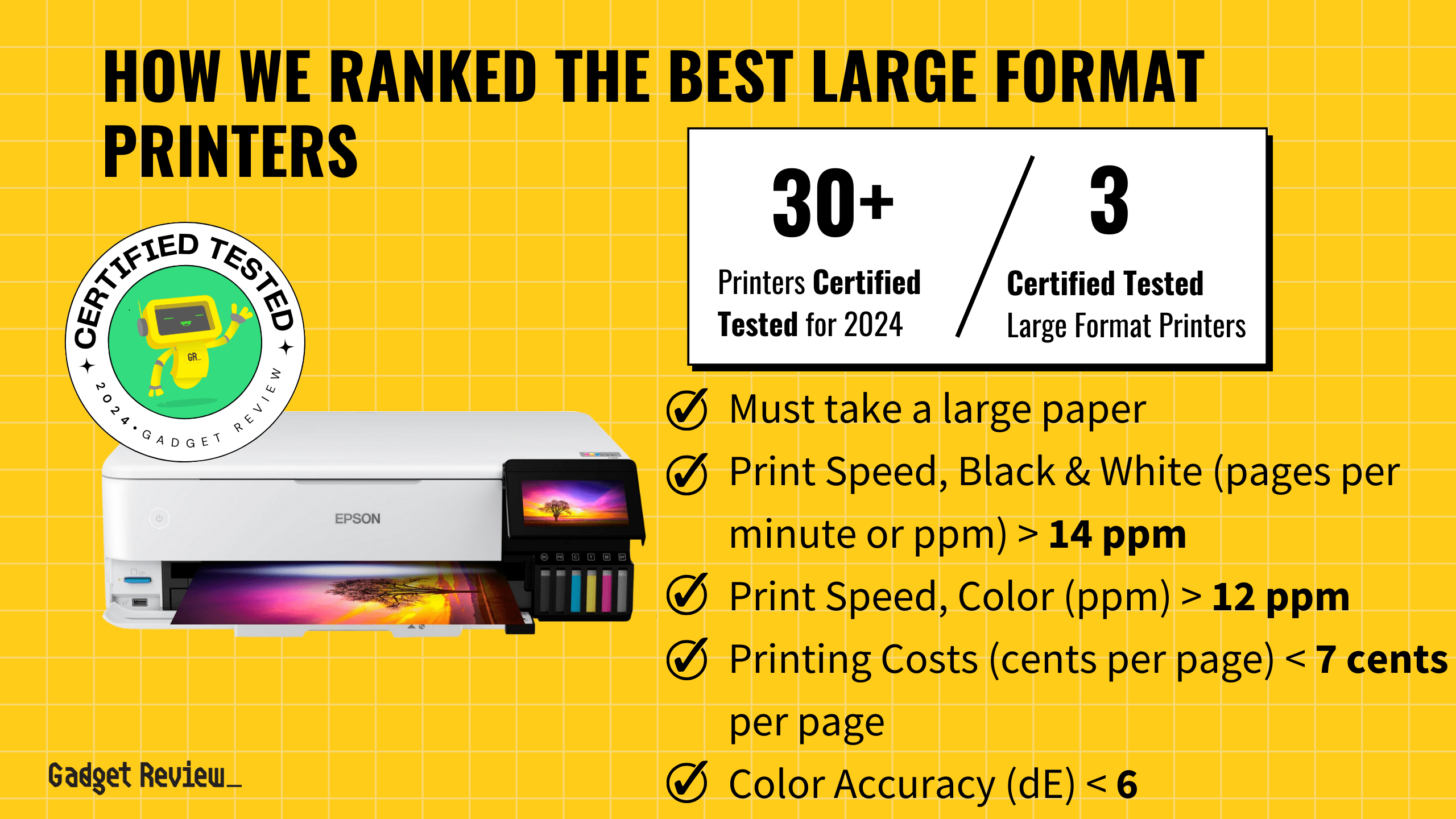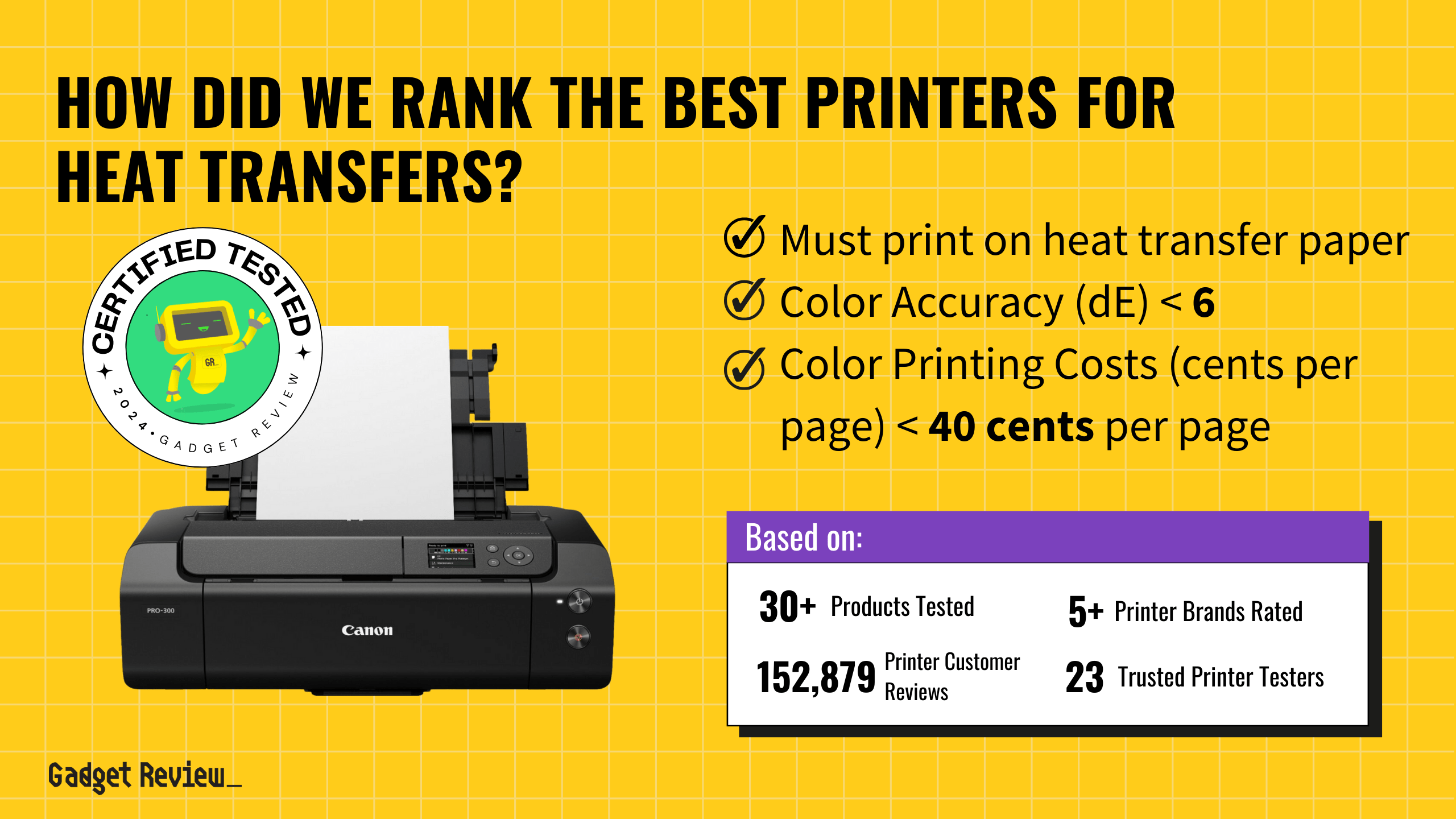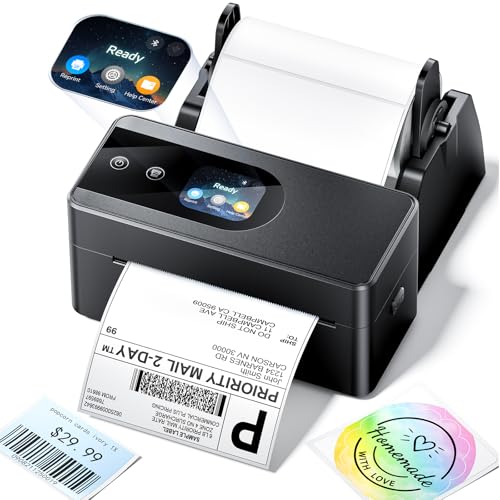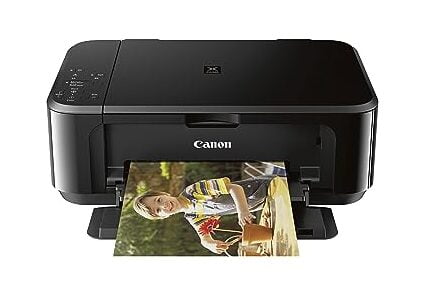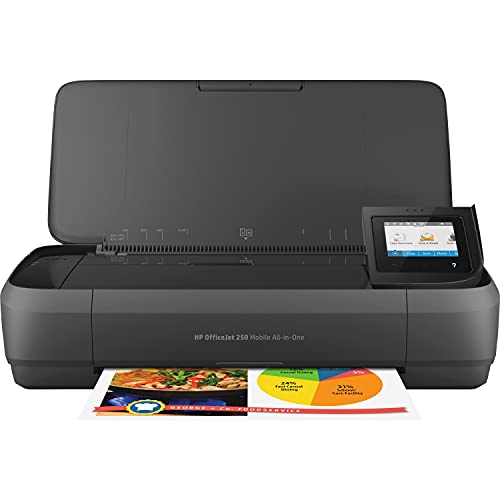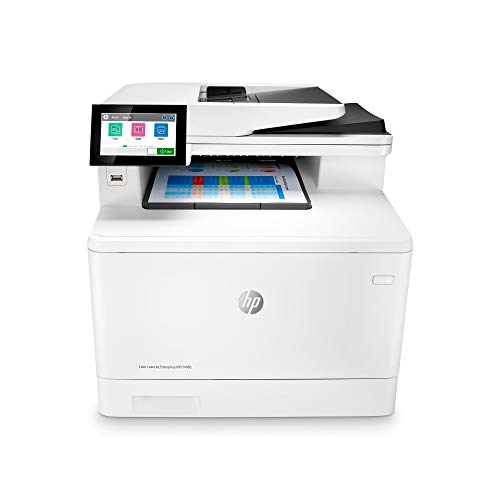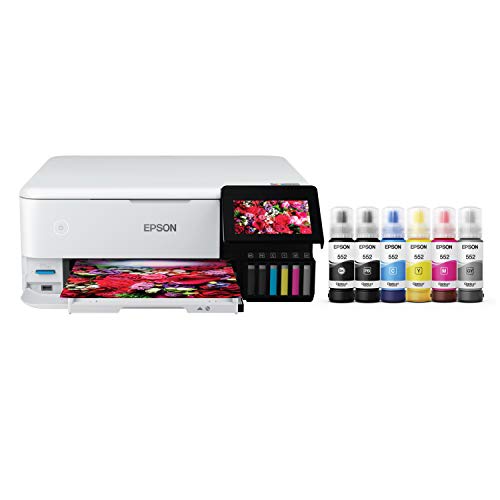If you are new to the world of document printing, you may want to learn about the various types of printers out there. The best printers, after all, ship with a wide variety of designs and functionalities. So what are the various types of printers, what are their pros and cons, and which type is best for you? Keep reading to find out.
KEY TAKEAWAYS:
- There are plenty of common types of printers out there to suit just about every consumer, including office-based entities.
- Inkjet printers use ink cartridges to make prints via the print head and excel with color photos with fantastic print quality.
- Laser printers use toner, whereas multifunction printers include additional features like a scanner or fax machine.
What are the Different Types of Printers?
There are many different types of printers out there if you are looking for the best all-in-one printer, among other types. Many consumers look for the best label printer, while others look for color printers. Other customers look to compare inkjet vs all-in-one printers. In other words, there is a printer type for every type of consumer, even if you are comparing thermal vs laser printers. Here are the common printer types.
Insider Tip
No matter which type of printer you buy, clean and maintain it according to the manufacturer’s instructions.
Inkjet Printers
This is likely what you imagine when asked to think of a printer. Ink printers are the de facto standard for many simple print jobs. As the name suggests, they use ink cartridges to create high-quality prints. Ink is available in many colors, making this type of printer a great choice for making full-color reproductions of photos and the like. The price is right here, as inkjet printers have been around for a long time. However, there are additional costs associated with using an inkjet, such as the need to purchase ink refills.
Reasons to Buy
- Reduced upfront costs when compared to other types of printers.
- Decent for color prints and for making copies of professional documents.
- Ink tends to print fairly fast, as these printers have come a long way in the speed department.
Reasons Not to Buy
- Ink can smudge or bleed when exposed to high heat and humidity, which makes for unattractive prints.
- Ink printers are budget-friendly, but they require ink cartridges, and those costs add up over time.
- Fast enough for residential use but not as quick as some other types for making large batches of reproductions.
Tips for Buying an Inkjet Printer
- These are extremely inexpensive, so don’t be afraid to look for sales to save even more money.
- Look for printers that ship with several ink cartridge replacements, so you will be good for a while.
- Some companies offer ink subscription plans, and these are worth looking into.
Laser Printers
Using the word laser to describe these printers is not hyperbole, as they actually use laser technology to make prints. Here is how they work. Each printer features a high-powered laser that is directed at embedded toner cartridges. The lasers shave the toner, which is then translated into characters and symbols on paper. The end result? High-quality prints. These are often considered the best black and white printing solution, though inkjets have the edge with color printing.
Laser printers are also fast, making them common in busy work environments with a steady need for many print jobs.
Reasons to Buy
- Toner cartridges last for thousands of pages, whereas ink cartridges last for just hundreds of pages (at best.)
- Work quickly, particularly when making black-and-white prints. This makes them perfect for office settings.
- Many modern laser printers include bells and whistles like WiFi, Bluetooth connectivity, and more.
Reasons Not to Buy
- Color laser printers are available but don’t provide superior, high-resolution photo prints like inkjets.
- Increased upfront costs when compared to inkjet models, despite the reduced need for toner.
- Toner dust does not bleed in the same way as ink, but this residue can still get everywhere.
Tips for Buying a Laser Printer
- These are high-end purchases designed to last for years, so paying a bit extra upfront is worth it.
- Toner cartridges last a long while but go for a printer that ships with an extra one, just in case.
- If you are buying a color laser printer, keep an eye on the maximum resolution for the best results.
All-in-One Printers
Look at all-in-one models if you want a printer that can do it all. These appliances make prints, of course, but also scan, fax, copy, and more. Most of these printers are also wireless, adding to the convenience factor. This is a space-saver if you work from a cramped home office, as it replaces multiple appliances. All-in-one printers started as inkjet models, but many laser all-in-one printers are on the market nowadays.
Some multifunction printers include advanced features beyond the standard offerings, such as screenprinting.
Reasons to Buy
- This is your best bet if you want your printer to handle other office tasks, like scanning and faxing.
- Available in both laser and inkjet formats to suit the needs of differing consumers.
- Modern versions are often wireless for added convenience, with the ability to integrate with smartphones.
Reasons Not to Buy
- Ever heard the phrase “jack of all trades but master of none”? That comes into play here, as dedicated flatbed scanners and fax machines do a better job than those included with all-in-one designs.
- If the printer jams or runs into some other issue, you may not be able to access any of the functionalities, which is annoying.
- They are typically much more expensive than traditional inkjet or laser printers.
Tips for Buying an All-in-One Printer
- Make sure to read the fine print to ensure the all-in-one printer uses an inkjet or laser design.
- These are fairly expensive, so wait until some sales are going on, such as Black Friday sales.
- No matter which type you choose, make sure the printer ships with plenty of ink or toner.
3D Printers
These are the most unique, latest, and greatest printers on the block. They don’t reproduce documents at all, as a matter of fact, and the clue is right there in the name. 3D printing reproduces 3D objects, not paper documents and photos. They use various fibers and materials to complete their print jobs, with stunning end results. Modern 3D printers are used in just about every industry, and they are rapidly becoming common, even in residential settings.
For instance, you often find these printers at major factories to troubleshoot new designs and homes where people simply want some new toys to play with.
STAT: To choose the right printer, first think about your needs on an everyday basis and if you want your printer to be capable of specialty print jobs. You might also want to consider how much you are willing to pay for ink cartridges and supplies on a regular basis. (source)
Reasons to Buy
- They are a whole lot of fun, allowing users to make action figures, toys, and all kinds of knick-knacks.
- 3D printers are also useful, allowing traditional consumers to make tools, gadgets, and components of larger items.
- This technology has come a long way in a short time, and modern printers are much more powerful than those from even a few years ago.
Reasons Not to Buy
- The technology continues to advance, but 3D printers are still pretty slow, especially when printing complex objects.
- These printers are exorbitantly expensive and only get more so when they feature bells and whistles.
- In addition to the upfront costs, you also have to pay for filament, fibers, and other connective agents.
Tips for Buying a 3D Printer
- Sales are your friend here. These are high-end products with high-end price tags, so any money saved is a good thing.
- Remember to also buy plenty of filament or connective fiber when making that initial purchase, so you can keep using the printer.
- Take a look at the various specifications, such as print speed, before making a purchase.


